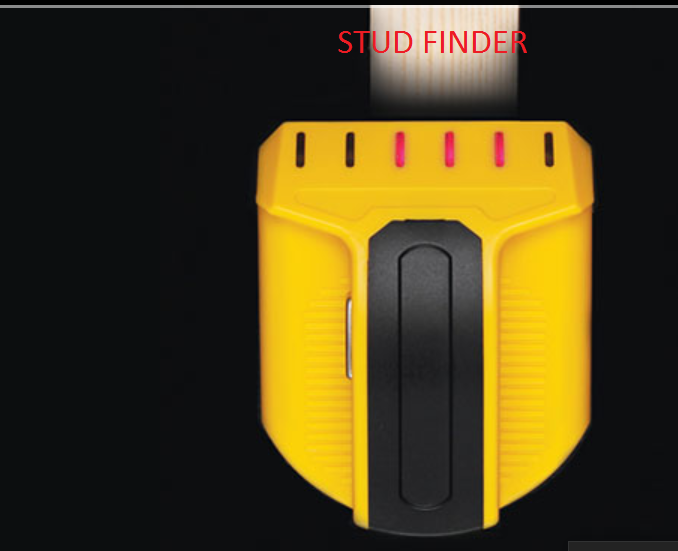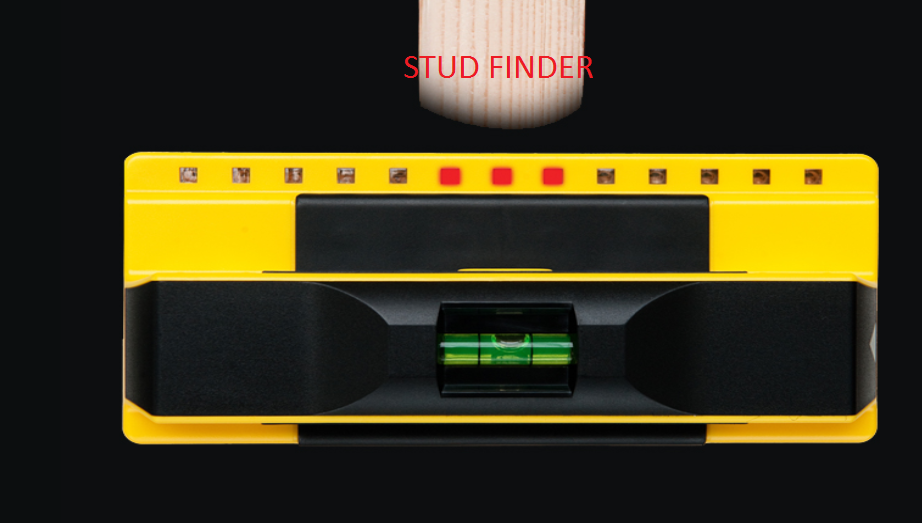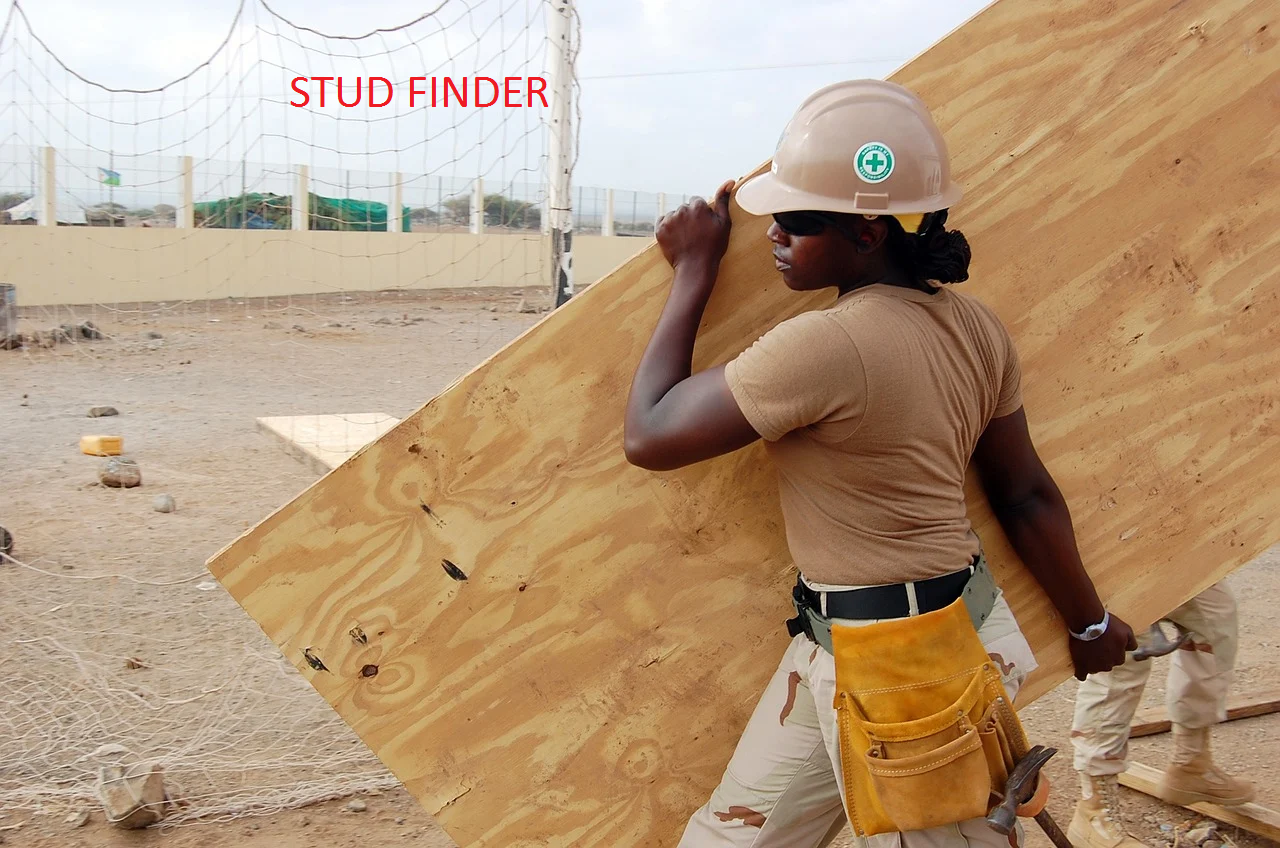 A stud finder is an electrical handheld device that is used in conjunction with drywall to find studs located in front of the drywall surface, generally in the direction of the wall. While there are several stud finders on the market, most all fall into two basic categories: static studfinders and handheld electric stud finders. In this article I will quickly cover what a stud finder can do and why it should be included when installing new drywall or framing. Click at https://franklinsensors.com/ to get the best stud finder for your drywall installation.
A stud finder is an electrical handheld device that is used in conjunction with drywall to find studs located in front of the drywall surface, generally in the direction of the wall. While there are several stud finders on the market, most all fall into two basic categories: static studfinders and handheld electric stud finders. In this article I will quickly cover what a stud finder can do and why it should be included when installing new drywall or framing. Click at https://franklinsensors.com/ to get the best stud finder for your drywall installation.
A stud finder allows the user to search for studs, by identifying spacing between studs or determining the location of the studs. You can also select what distance to search from, for example, if you want to look for screws and nails, then you can move the studfinder around until you find the required holes. This is one of the best features of a studfinder, as it allows you to cut down on the time spent searching for holes and allows you to focus your energy on more important tasks. By using a studfinder you can cut the amount of time it takes you to complete your installation.
Studfinders also come in different styles and sizes. Some of the models have a single arm that you can move up and down to move through the space, others will have two or more arms. These stud finders have many advantages over the other models. Most importantly, they allow you to search for studs using the exact location you want them to, even after they are removed from the wall. They are also very effective at locating studs behind walls and under sheetrock.
The downside to using a stud finder is that they tend to cost more than other models. If you use an electric studfinder, you can expect to pay around ten dollars each. Although this is much cheaper than a good pocket or wall stud finder, the difference in price is small compared to the savings you can save.
Another drawback of using a stud finder is that they can not pick up all types of framing materials, including plasterboard and paper. Also, some studfinders can only detect gaps up to six inches wide, so you may still need to search for spaces behind plywood that is thicker. Therefore to purchase a reliable stud finder, check it out at Franklinsensors.com.
Overall, there is no doubt that a studfinder is an extremely useful tool to have if you are looking to save time and money on your drywall or framing project. Although a studfinder can cost a few dollars, they will pay off in the long run and save you time in the process. You can also click on this post that has expounded more on the topic: https://www.huffpost.com/entry/quick-easy-diy-shelves-th_b_8408454.
 A Stud Finder is a handheld tool used for woodworking projects to locate studs hidden behind the drywall, typically drywall backing boards. Although there are several stud finder tools on the market, most fall into three main categories; magnetic stud finders, electric or hydraulic stud finders and hand crank models. Each has its own advantages and disadvantages. For that reason, click at
A Stud Finder is a handheld tool used for woodworking projects to locate studs hidden behind the drywall, typically drywall backing boards. Although there are several stud finder tools on the market, most fall into three main categories; magnetic stud finders, electric or hydraulic stud finders and hand crank models. Each has its own advantages and disadvantages. For that reason, click at  The latest technology has made a lot of things move fast, and due to everyday discoveries, things are never the same. A new way of developing each country has emerged, and this has increased the level of competition in both old and up -coming companies, in producing and giving the best. For a country to be grown, infrastructure is the number one look. Every country plans is to develop both in roads and buildings and therefore tools and machines are needed to complete the task. Below are tips on how to find the best stud finder.
The latest technology has made a lot of things move fast, and due to everyday discoveries, things are never the same. A new way of developing each country has emerged, and this has increased the level of competition in both old and up -coming companies, in producing and giving the best. For a country to be grown, infrastructure is the number one look. Every country plans is to develop both in roads and buildings and therefore tools and machines are needed to complete the task. Below are tips on how to find the best stud finder.